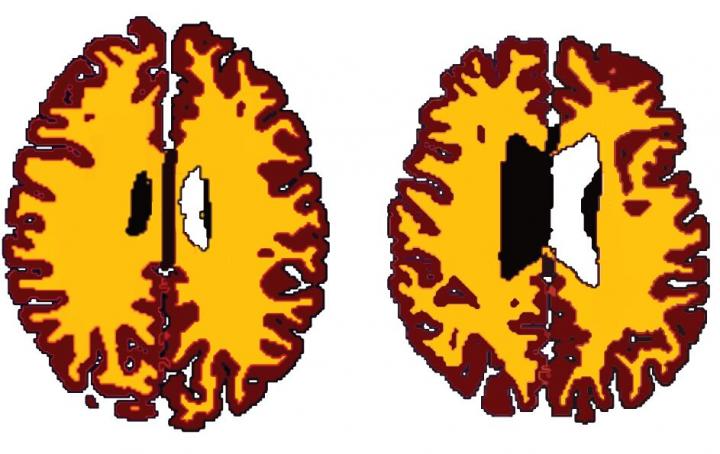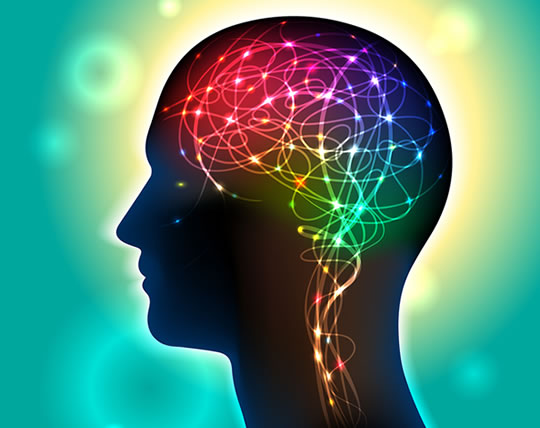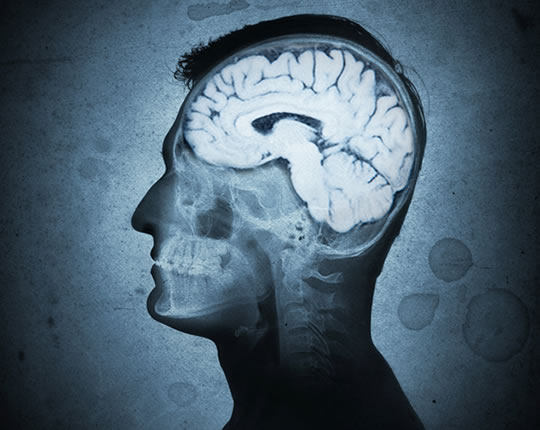Could cigarettes contain the latest clue to an anti-ageing drug?
Nicotine could help to protect the brain from Alzheimer’s and Parkinson’s disease, new research finds.
The substance — when given independently from tobacco — could help to protect the ageing brain.
The neuroprotective effect of nicotine could be down to its well-known quality of reducing appetite.
For the study, the researchers gave varying levels of nicotine to mice in their drinking water.
There was no evidence, though, that it caused anxiety, which the researchers were concerned would be the case.
Dr Ursula Winzer-Serhan, who led the research, said:
“Some people say that nicotine decreases anxiety, which is why people smoke, but others say it increases anxiety.
The last thing you would want in a drug that is given chronically would be a negative change in behavior.
Luckily, we didn’t find any evidence of anxiety: Only two measures showed any effect even with high levels of nicotine, and if anything, nicotine made animal models less anxious.”
The mice given the highest levels of nicotine ate the least and gained the least weight.
Dr Winzer-Serhan cautioned:
“I want to make it very clear that we’re not encouraging people to smoke.
Even if these weren’t very preliminary results, smoking results in so many health problems that any possible benefit of the nicotine would be more than cancelled out.
However, smoking is only one possible route of administration of the drug, and our work shows that we shouldn’t write-off nicotine completely.”
The next step for the researchers is to test whether nicotine has a an anti-ageing effect.
Dr Winzer-Serhan said:
“Although the results are intriguing, we would need large-scale clinical trials before suggesting anyone change their behavior.
At the end of the day, we haven’t proven that this addictive drug is safe — and it certainly isn’t during childhood or adolescence — or that the benefits outweigh the potential risks.”
The study was published in the Journal of Toxicology (Huang et al., 2016).









